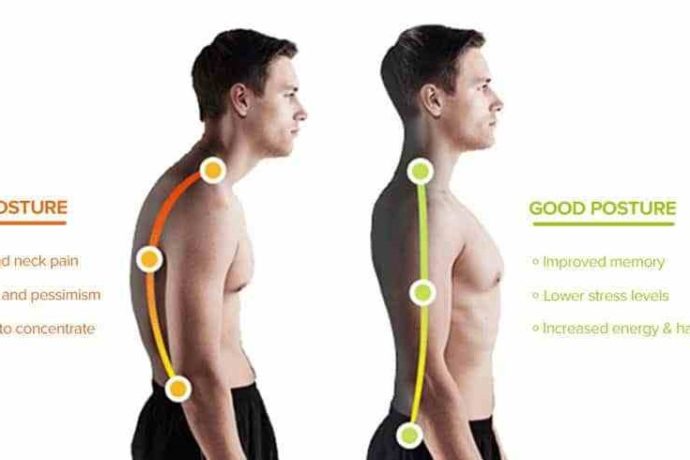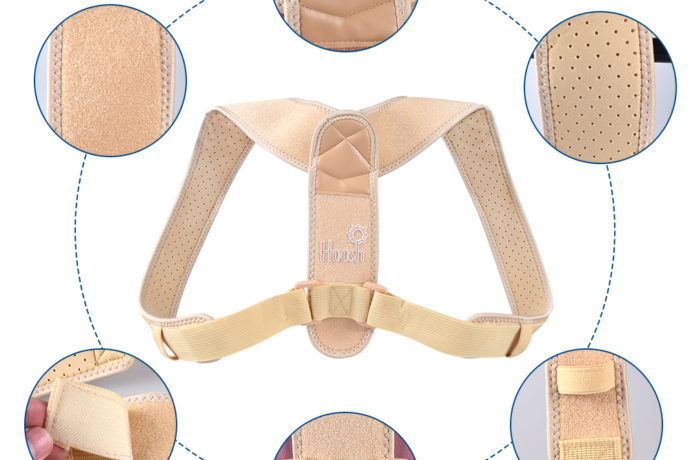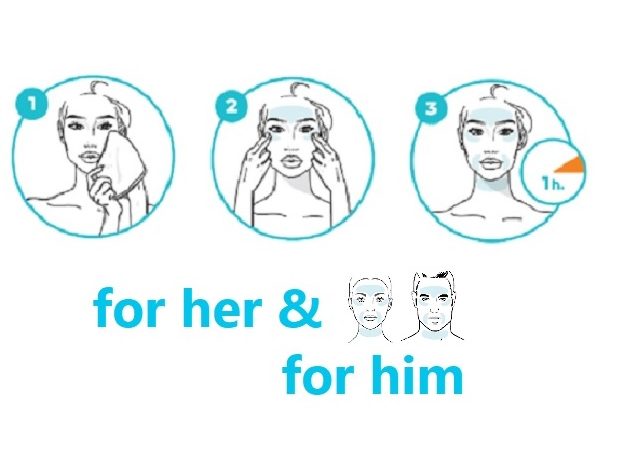Are you going to swipe left or right? Thanks to modern technology, dating decisions are increasingly reduced to quick responses based on appearance. And now new research suggests that posture could play an important role in initial romantic success.
Scientists studying human behavior have found that people tend to be more attracted to individuals who display their bodies expansively. Their findings were published March 28 in the Proceedings of the National Academy of Sciences.
“I’ve always been interested in what happens when 2 people meet – what they are doing, feeling, and thinking,” the study’s corresponding author, Tanya Vacharkulksemsuk of University of California at Berkeley, told PsyPost.
“In this study, this question is answered in terms of romantic attraction. The architecture of these new dating paradigms (e.g., speed-dating, online swiping) offers a way to examine this process of social interaction, especially in short time periods (for speed-dating it’s minutes, for online it’s seconds). We already know a bit about body language in social interactions from past research, but how body language is perceived and translates to romantic attraction success is lesser known. This study is a first in beginning to examine these questions.”
The researchers found that both men and women viewed an expansive body posture as more attractive than a constrictive one. In other words, people with widespread limbs and a stretched torso were more likely to have initial dating success than those who collapsed the body inward.
“This paper is about the signal value our body postures hold, the subtle behaviors that humans do that affect how others judge,” Vacharkulksemsuk explained. “Like a smile — a smile can signal many things — the person is happy, they are thinking about someone special, they have a piece of candy in their mouth. The body makes signals, and perceivers pick up on cues very quickly. In this case, we’ve found that postural expansiveness carries a high value in quick romantic contexts. Specifically, expansiveness signals access to resources and dominance.”
The results of the study suggest that people are more attracted to an expansive posture because it conveys both social dominance and openness.
“Many people ask if humans are ‘wired’ to see such open posture as attractive, or if it’s a learned behavior, which is a great question,” Vacharkulksemsuk told PsyPost. “In the animal kingdom, many animals use open, expansive postures to attract mates: peacocks, for example, will fan their feathers to attract peahens. In these very brief interactions we observed of humans, the interactions lasted mere minutes (as was the case with speed-dating) or even seconds (as is the case in viewing online photos). Given these very short scenarios, humans are more likely to rely on their instincts to make judgments; based on our research, it appears that humans are likely perceiving social dominance and openness through body postures and using that information to say ‘yes’.”
A number of news outlets have falsely reported that this research indicates that so-called “manspreading” is attractive. One publication even went so far as to suggest manspreading was the “key to success” to dating. But that is not what the study tested. In fact, the researchers focused more on the upper-body.
“Also, note that this study did not test ‘manspreading’”, Vacharkulksemsuk explained to PsyPost. “While manspreading can be considered a form of expansiveness — it occupies more space and involves extending one’s legs — it’s different from postural expansiveness, which is what we tested. Postural expansiveness involves stretching out of one’s torso and arms. If you take a look at how we measured and describe postural expansiveness, manspreading is indeed a different movement.”
The findings are based on two field experiments.
In the first, the researchers examined 12 men and 12 women during a heterosexual speed-dating event hosted on Northwestern University’s campus. They observed 144 dating interactions in total. In the second, the researchers collected data by creating profiles for three white men and three white women on a widely used dating app. Two different dating profiles — an expansive and contracted version — was created for each person.
The researchers also conducted a separate survey of 853 participants.
“It is a very exciting time for understanding modern dating and ways to ‘get the date’. Today, in addition to in-person speed-dating events, romantic interactions occur online. Meeting someone through some form of online dating has become the second most common way of finding a partner, after connecting through friends. Nearly 91 million people worldwide use mobile device apps to find love today. On such platforms, where getting a date with another person commonly begins with a photograph or brief interaction, it is advantageous to know how to maximize one’s chances within such a minimized time frame,” Vacharkulksemsuk said.
“Although much has been learned over the years about human body language and perceptions of it, today’s ways of meeting other people opens up a whole new arena for understanding human thinking and behavior.”
The study, “Dominant, open nonverbal displays are attractive at zero-acquaintance“, was also co-authored by Emily Reit, Poruz Khambatta, Paul W. Eastwick, Eli J. Finkel and Dana R. Carney.









Leave a comment